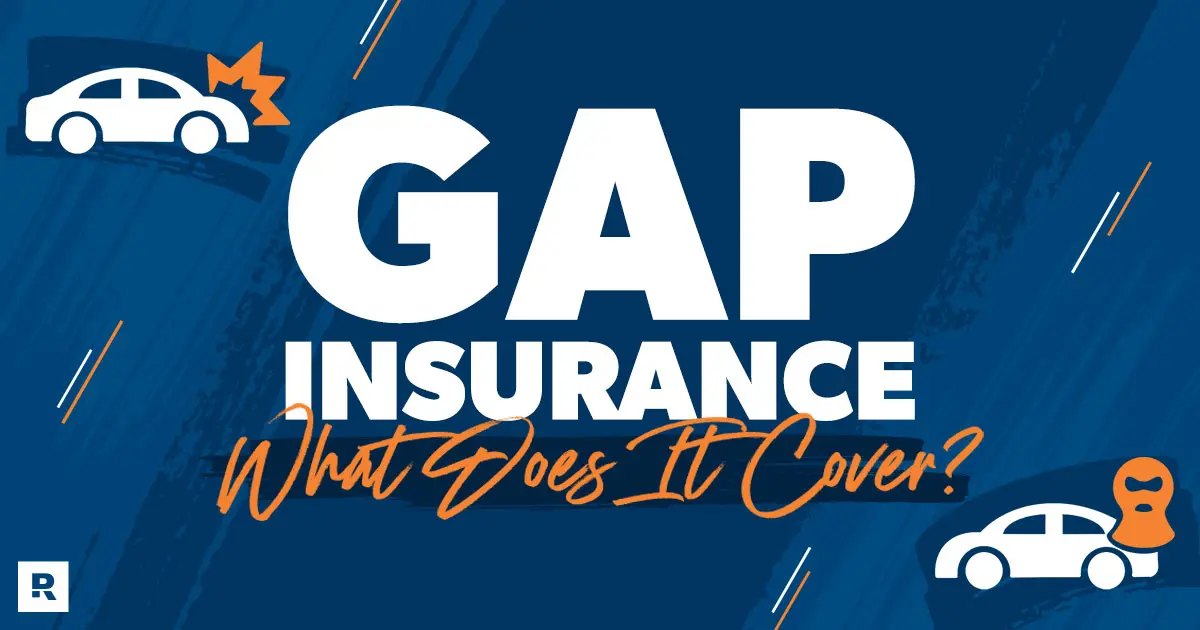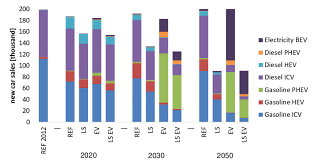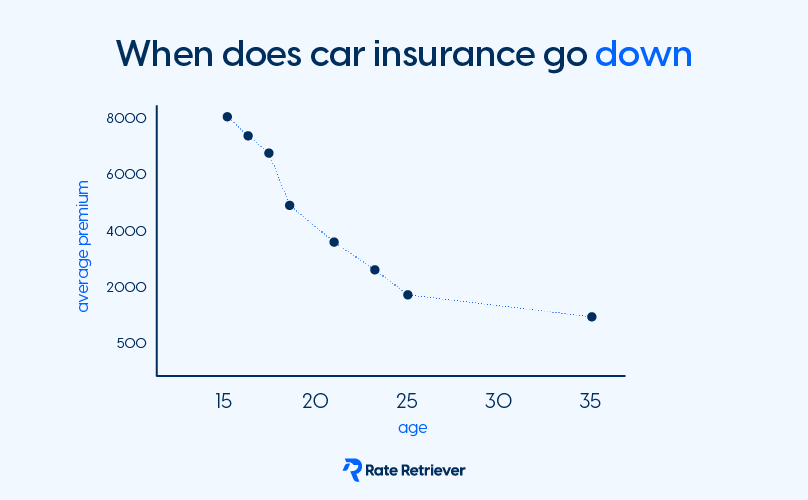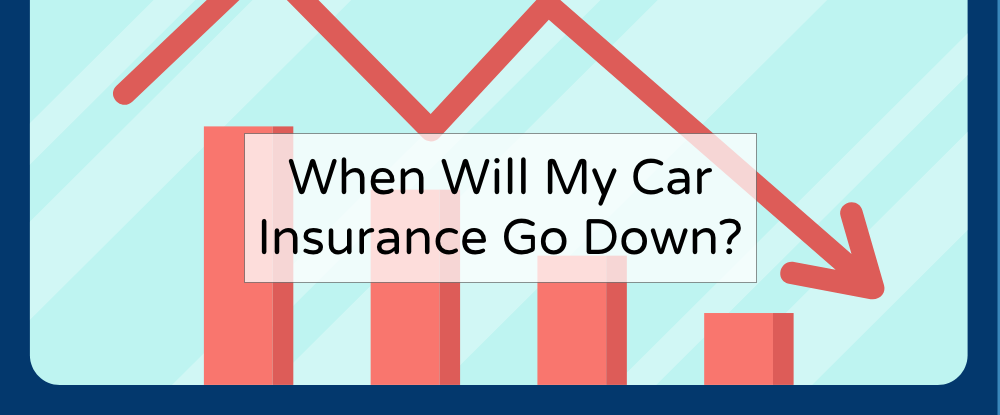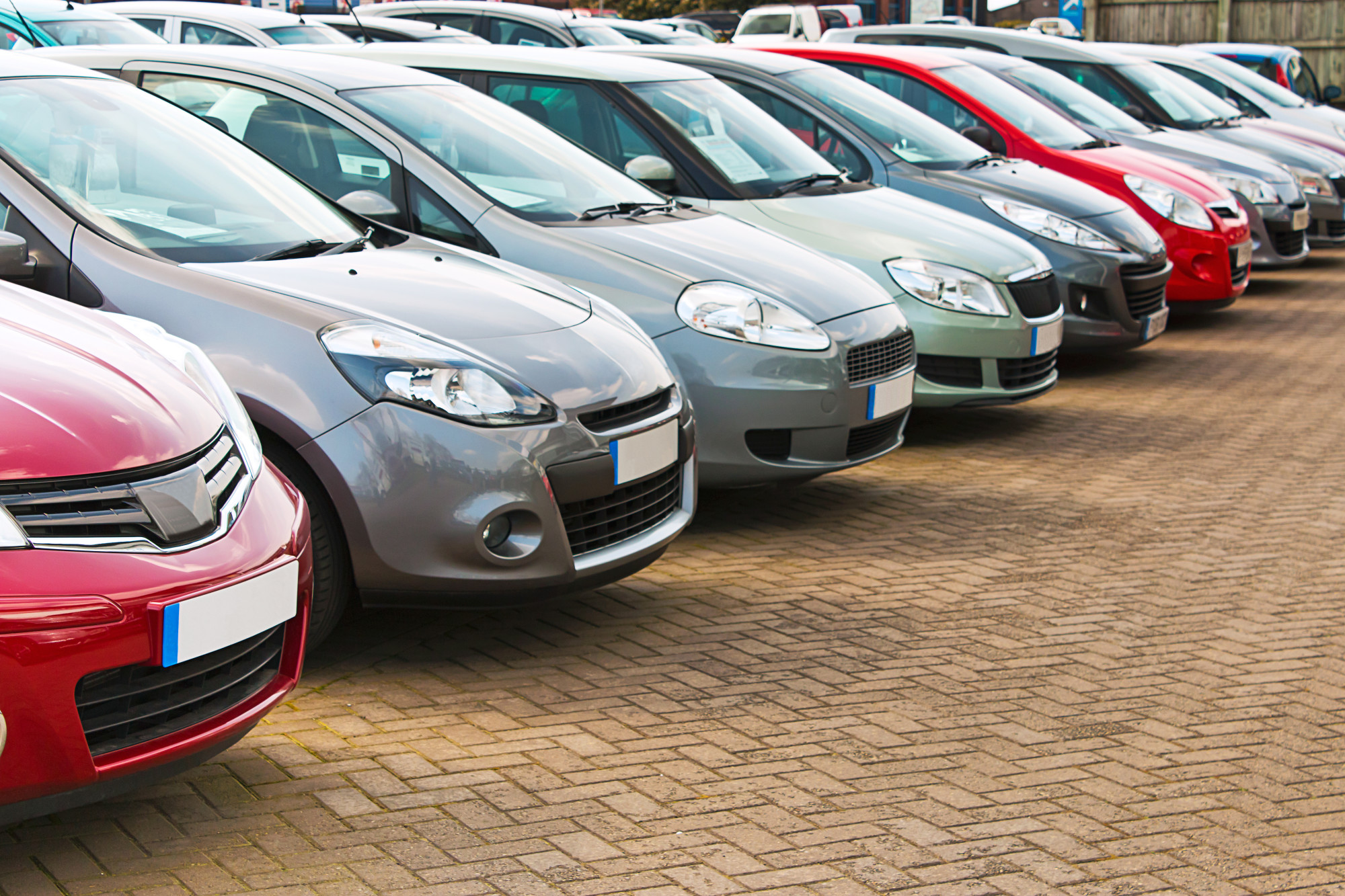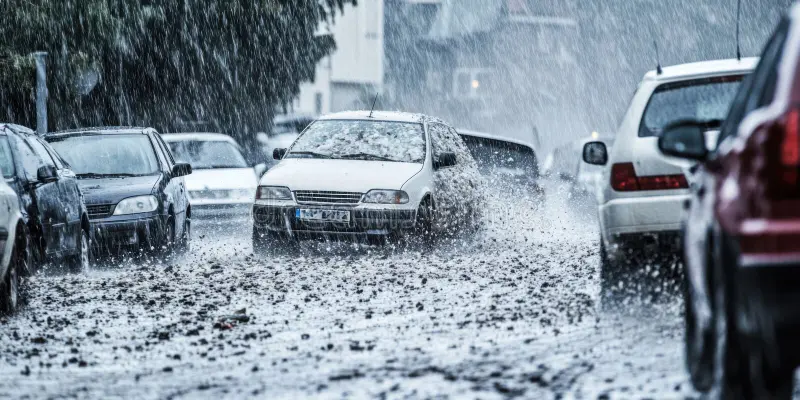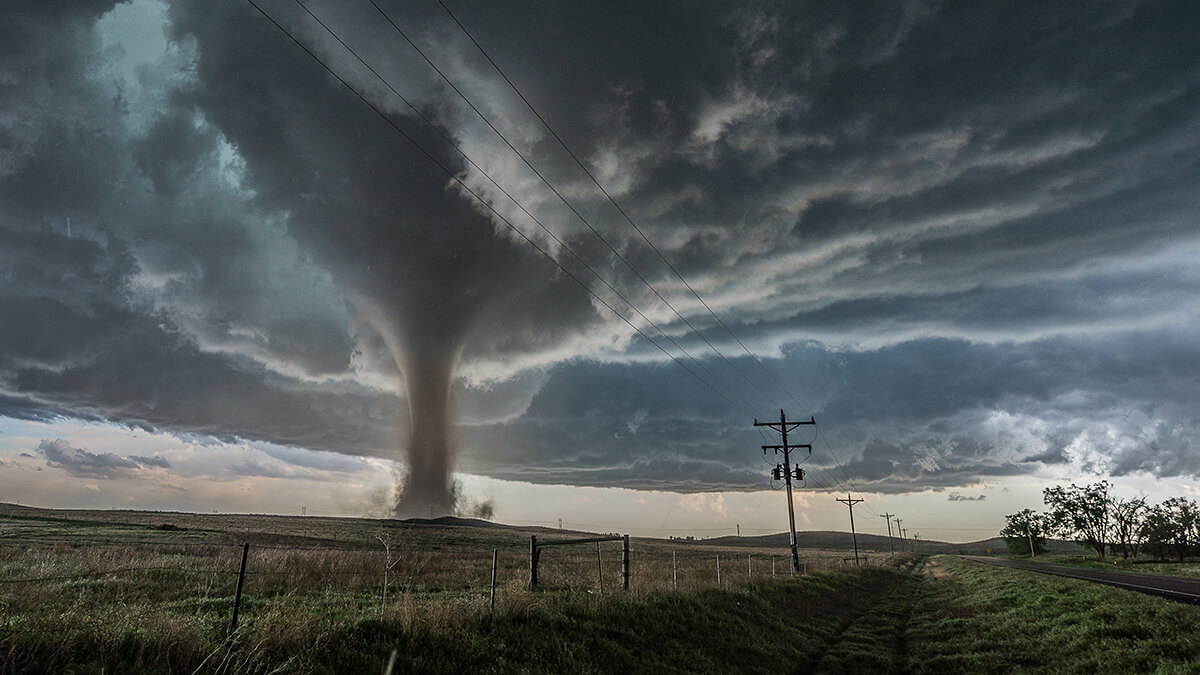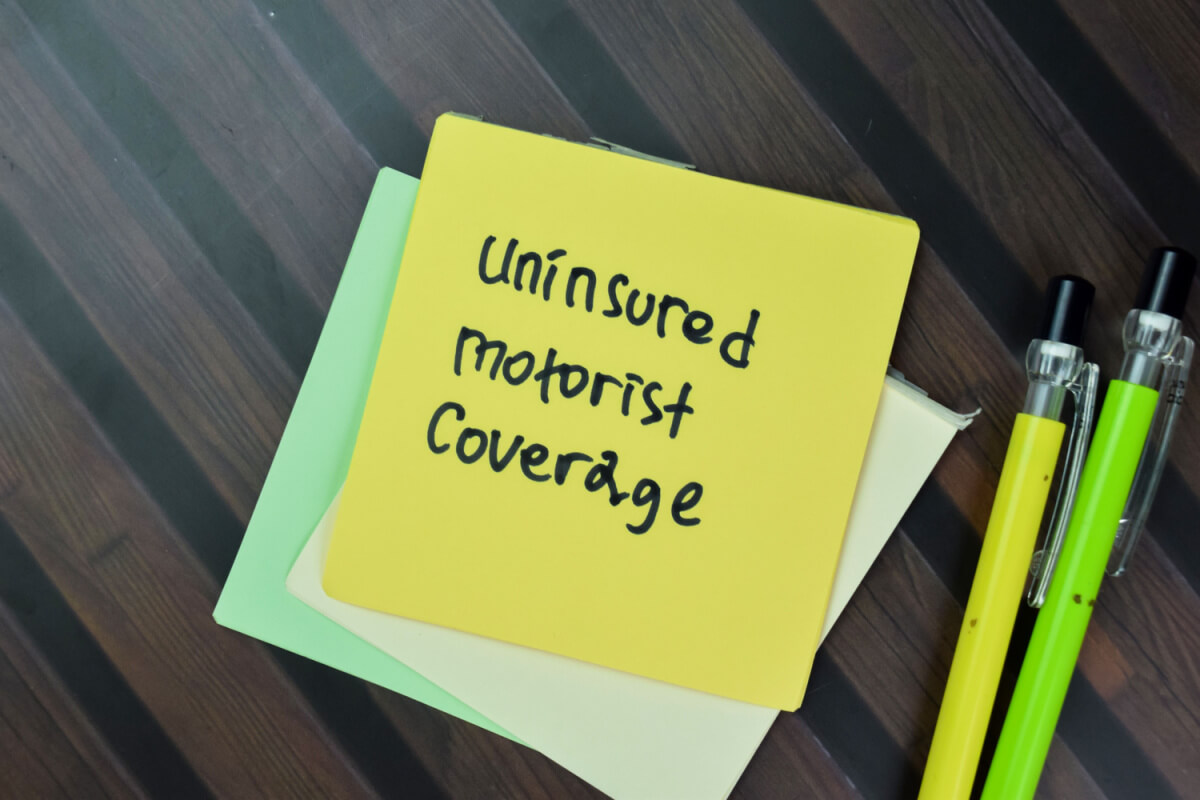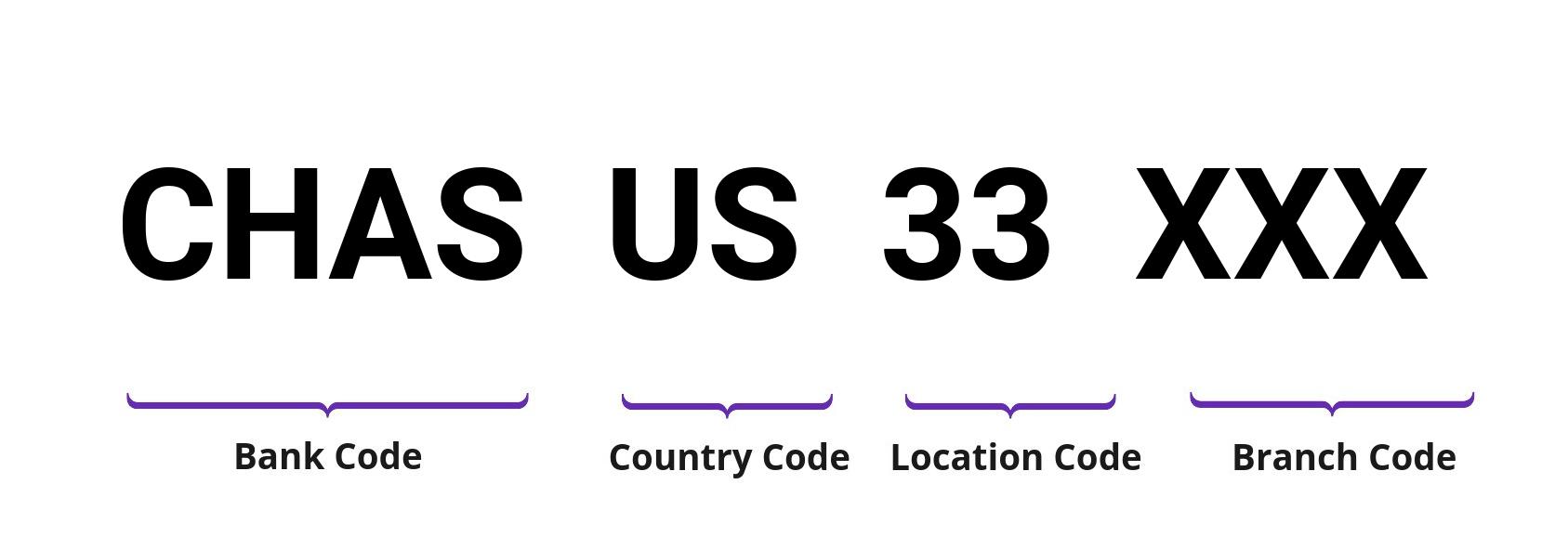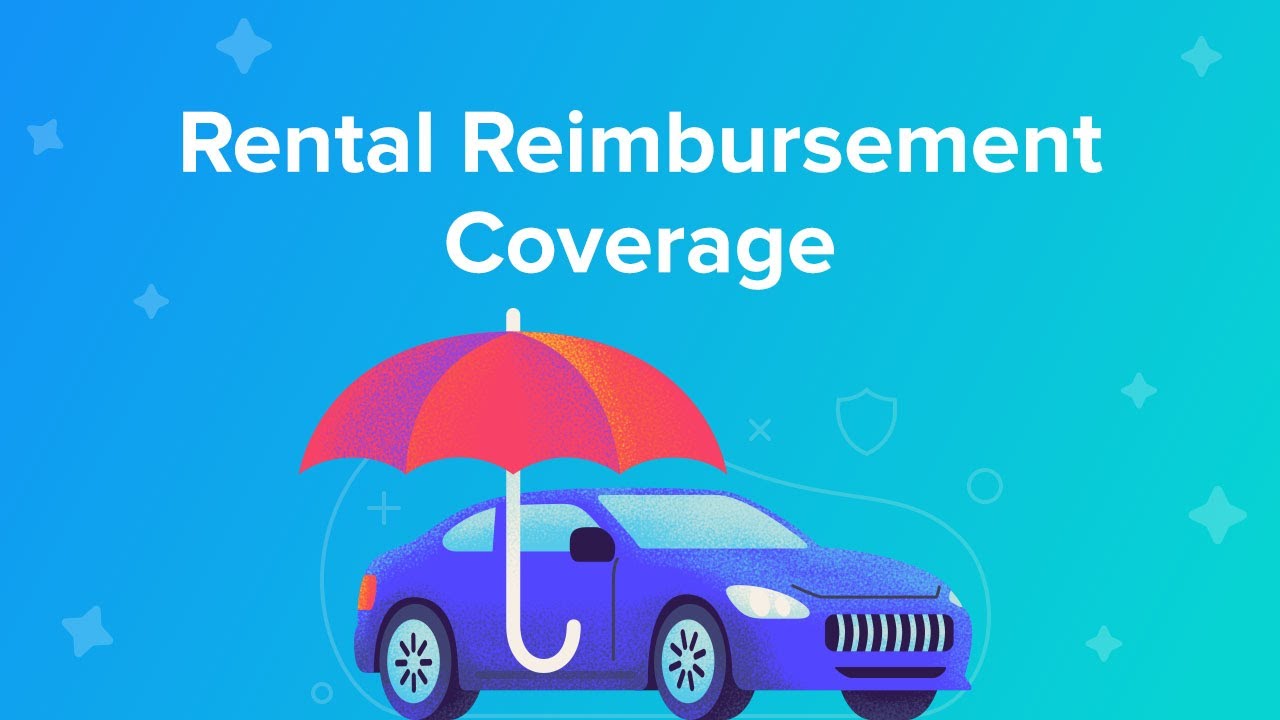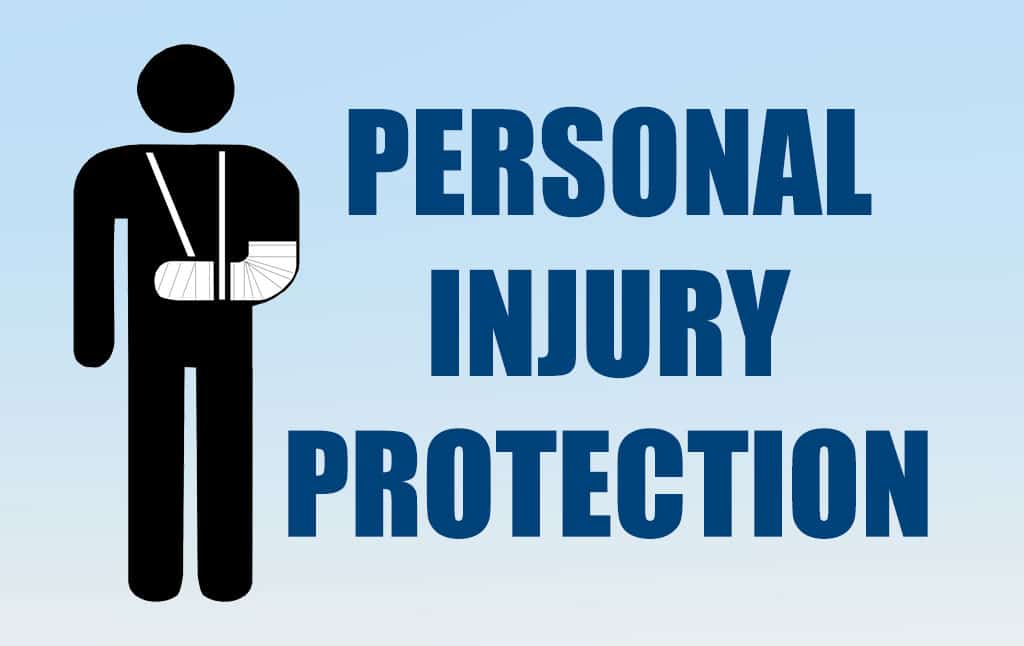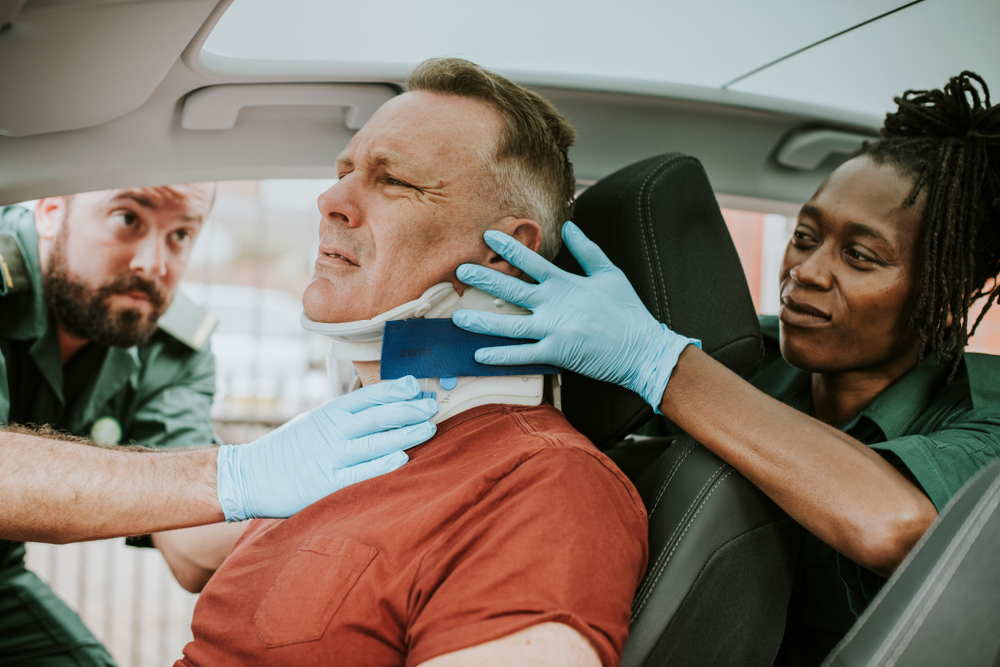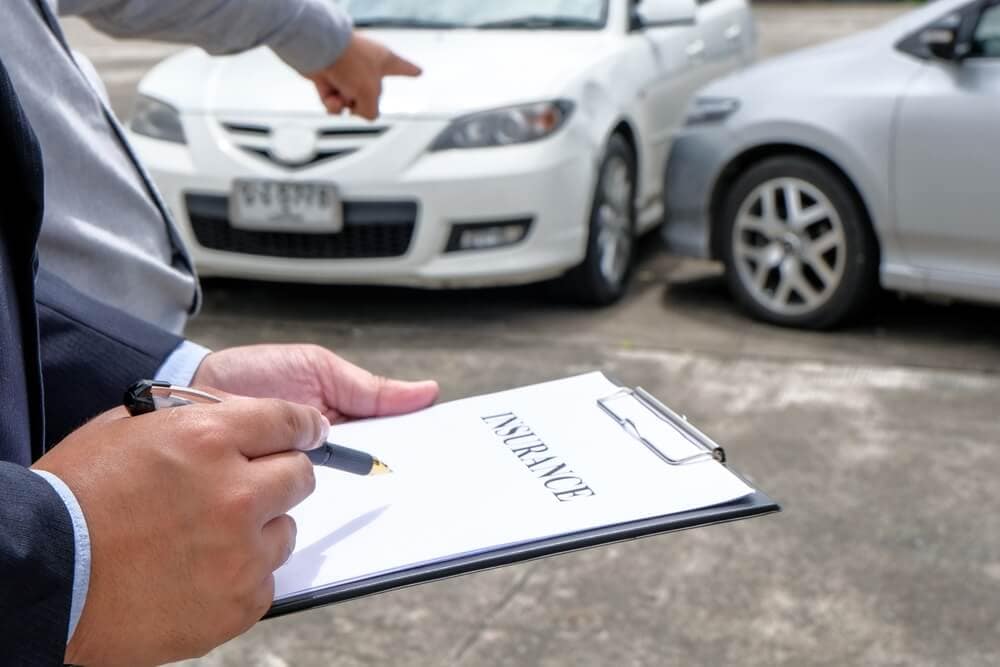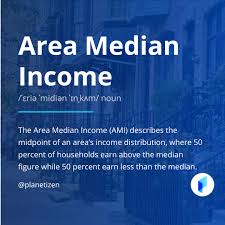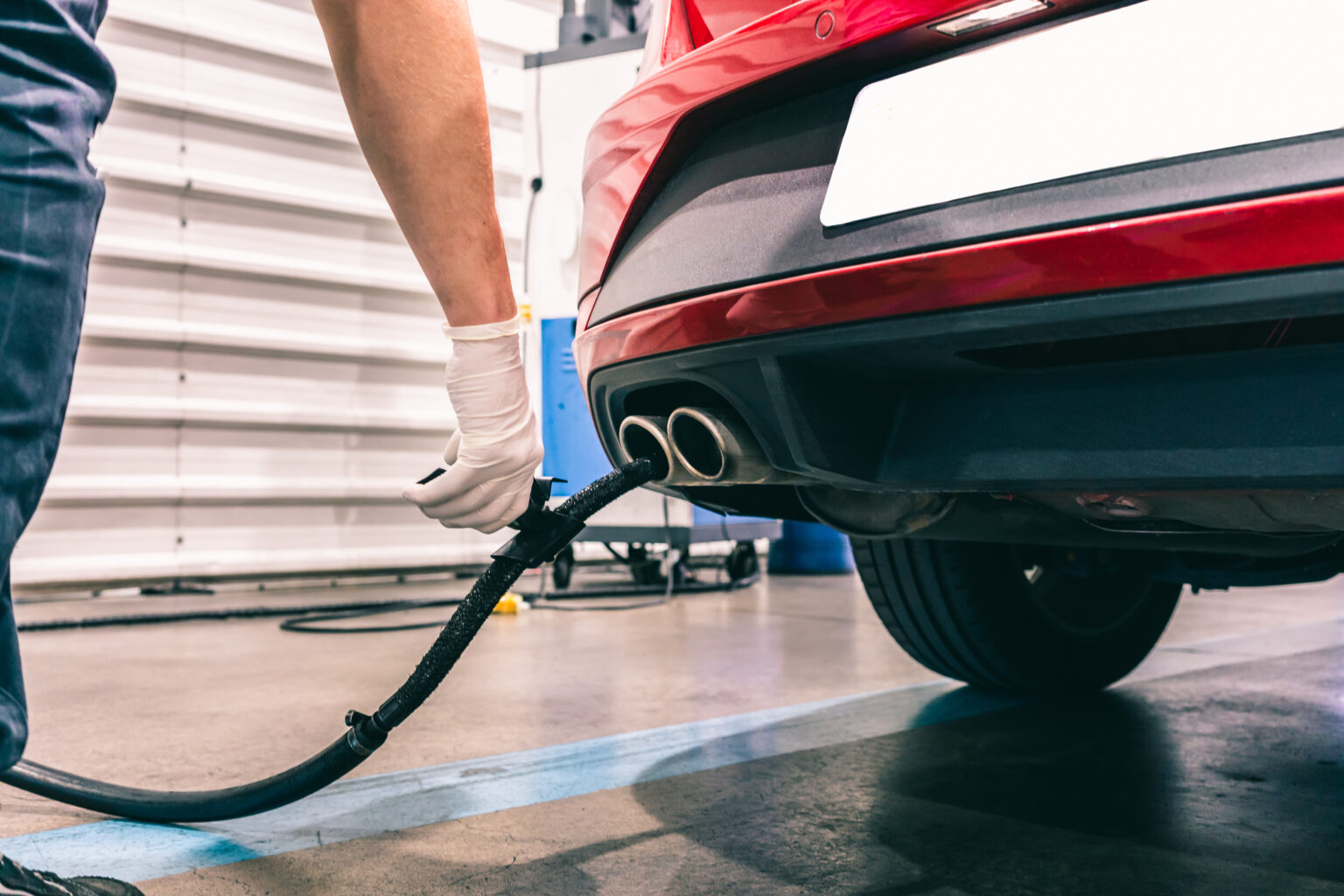When you hear the term full coverage car insurance, it often sounds like a magic safety net that protects you from every possible scenario on the road. But here’s the truth: there’s no universal definition. Generally, agents, lenders, and insurers use the term to mean a combination of liability coverage plus physical damage coverage—which includes comprehensive and collision coverage. No insurer can guarantee 100% coverage for every situation, so it’s important to understand what it really entails.
What Full Coverage Car Insurance Actually Means
If you’re financing or leasing a vehicle, your lender might require what they call full coverage. Typically, this means carrying comprehensive and collision insurance, along with your state-mandated liability coverage. Most states require liability coverage, but comprehensive and collision are usually optional. Lenders, however, can have specific rules about what coverages they require.
For a deeper dive into state insurance requirements, check out this state-by-state car insurance guide.
Rather than asking, “Is my car insurance full coverage?” it’s smarter to ask your insurance agent whether your policy includes the coverages that best protect you, your family, and your vehicle. Paying for every optional coverage can be expensive, so customization is key.
Do You Need Full Coverage Car Insurance?
Even if your lender doesn’t require comprehensive or collision coverage, it’s wise to protect new or valuable vehicles. These coverages pay for damages from accidents and other incidents, whether you’re at fault or not. If your car is older or has low market value, you might decide that liability-only coverage is sufficient. Just remember, if your vehicle is totaled without physical damage coverage, you’ll need to pay out of pocket for a replacement.
Optional coverages like roadside assistance or rental car reimbursement are usually affordable and can be very convenient. For example, if your car is totaled in an accident and worth $15,000, your liability coverage will cover damages to the other driver’s car, while collision coverage will help replace your car. Without collision coverage, you’re responsible for the full cost.
How to Check if You Have Full Coverage
You can usually find your coverages by logging into your insurance provider’s online portal or mobile app. The policy declarations page lists all coverages. If you see both collision and comprehensive coverage (sometimes called “other than collision” coverage), your vehicle is protected against physical damage.
Cost of Full Coverage Insurance
Adding comprehensive and collision coverage increases your premium compared to a liability-only policy. Costs depend on your vehicle’s year, make, and model, as well as the deductible you choose. A higher deductible typically lowers your premium. Discounts from insurers can also make full coverage more affordable than you might expect.
Check out factors that affect auto insurance costs for a better idea of what drives your premium.
Common Auto Insurance Coverages
Here’s a quick overview of coverages that are typically offered by insurers:
- Liability coverage: Pays for damages or injuries you cause to others, plus legal costs, up to your policy limits.
- Uninsured/Underinsured Motorist Insurance (UMBI/PD): Covers injuries or vehicle damage caused by a motorist without enough insurance.
- Medical Payments: Covers medical bills and funeral expenses regardless of fault, extending to family and passengers.
- Comprehensive coverage: Pays for damages from non-collision events like theft, vandalism, fire, weather, or hitting an animal, minus your deductible.
- Collision coverage: Pays to repair or replace your car if it hits another vehicle or object, minus the deductible.
- Gap insurance: Covers the difference between what you owe on a car loan and the vehicle’s value if it’s totaled.
- Rental car reimbursement: Covers rental car costs if your vehicle is under repair.
- Roadside assistance: Provides towing, battery jumps, gas delivery, flat tire changes, and more.
Bottom Line
Full coverage car insurance isn’t a one-size-fits-all policy. It’s a combination of coverages designed to protect you, your family, and your vehicle. Understanding the differences between liability, collision, and comprehensive coverage—and customizing your policy to your needs—can save you money and provide peace of mind on the road.




